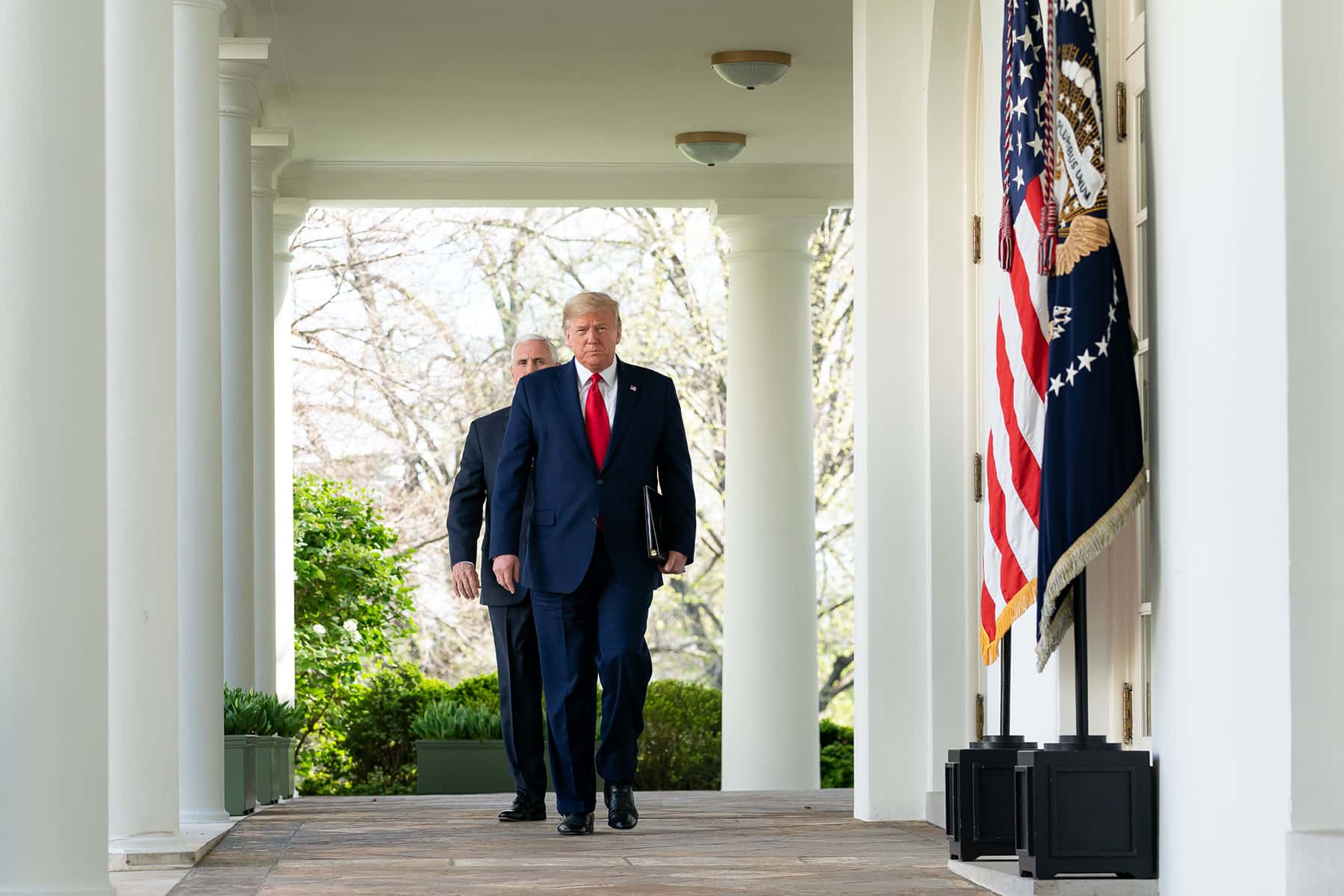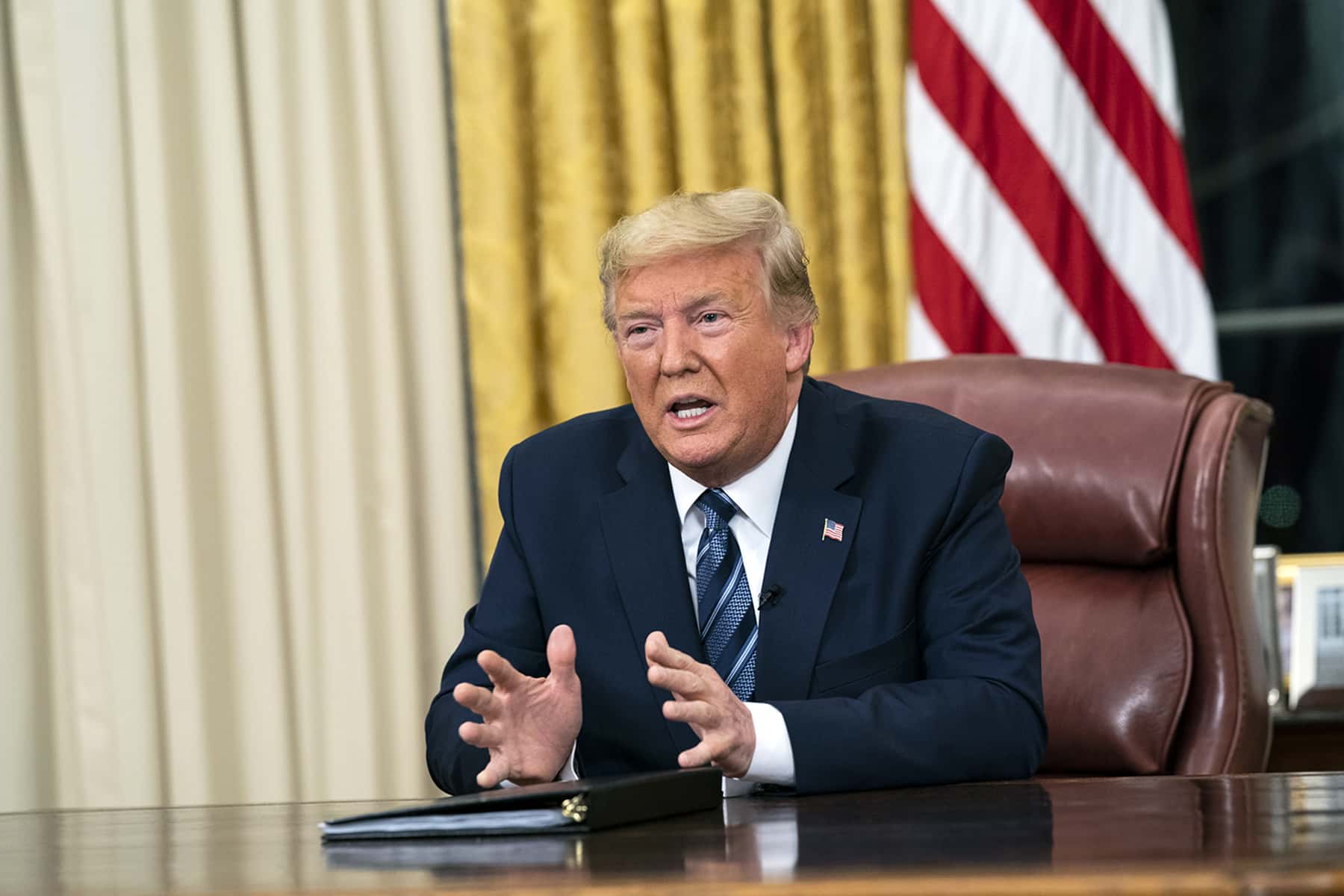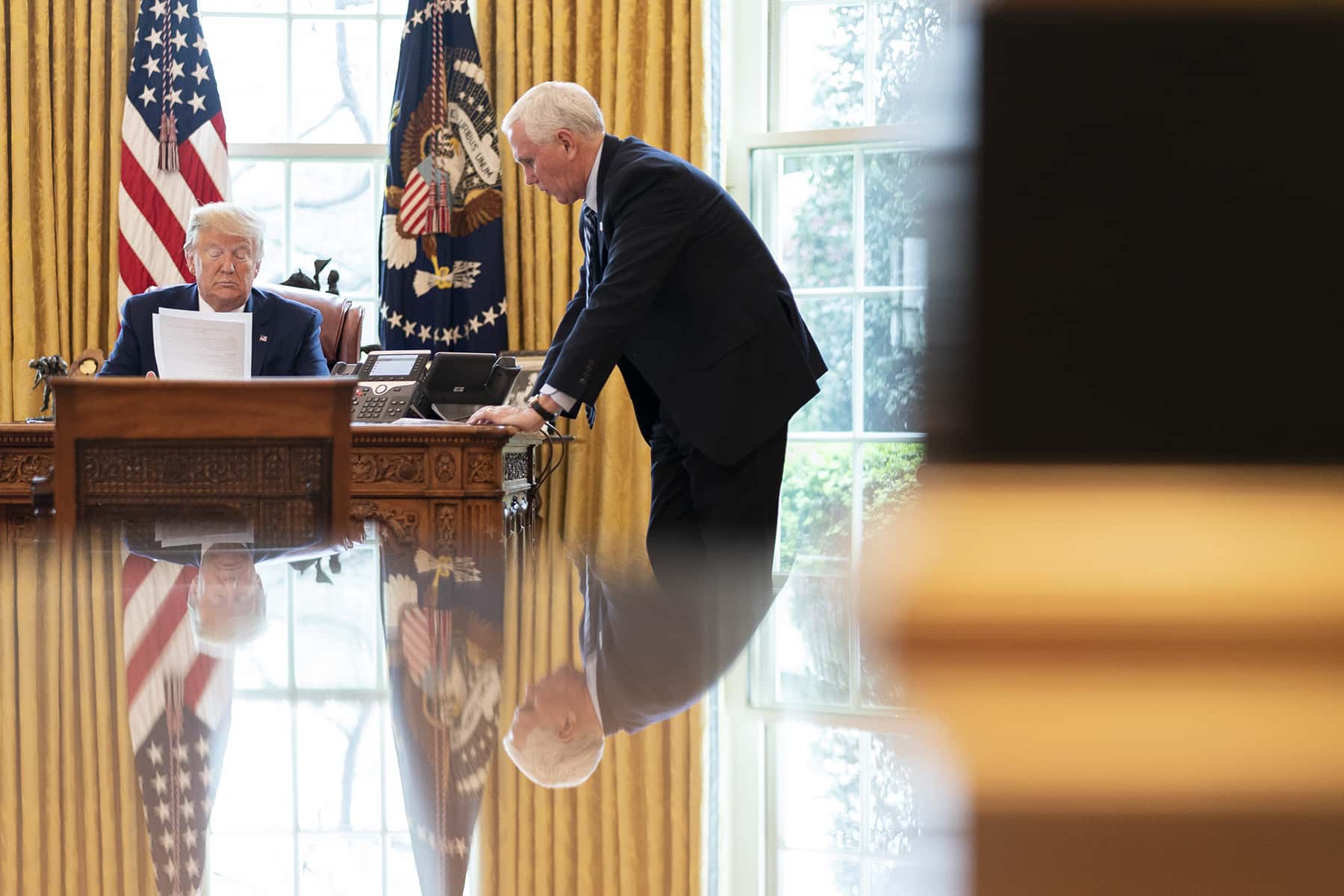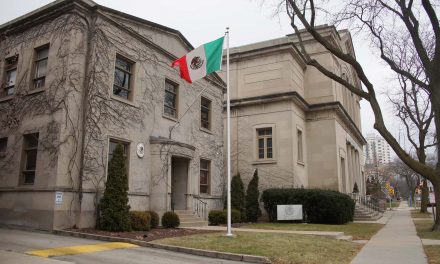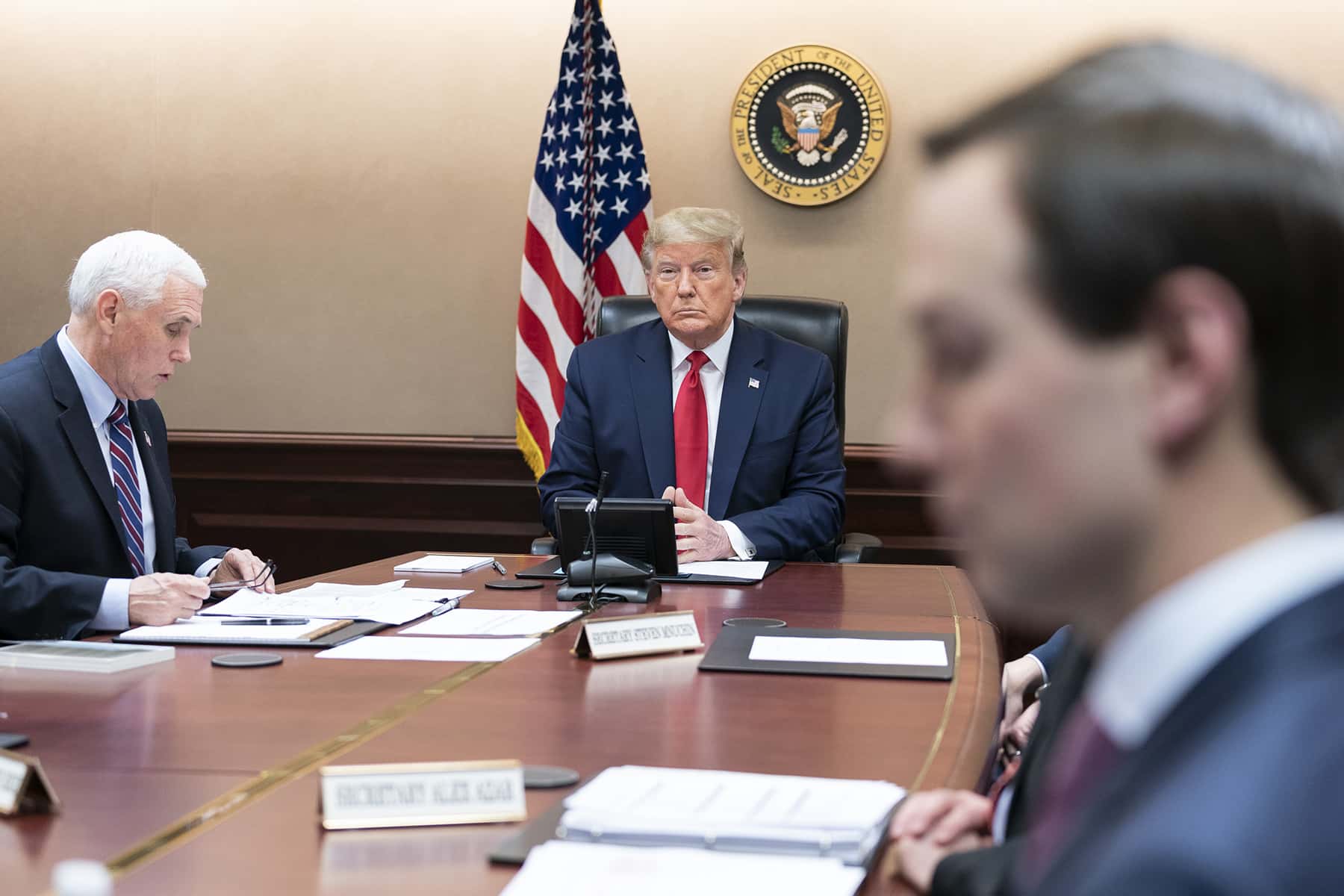
Observers often make the mistake of thinking that Russian disinformation is designed to pit the American left against the American right to sow chaos. But, in fact, Russian disinformation is designed to pit the American left and the American right against the American center, because it is in the great American center that democracy lives.
“The things they had in there were crazy,” Trump told the hosts. “They had things, levels of voting that if you’d ever agreed to it, you’d never have a Republican elected in this country again.”
A few days later on April 1, the Georgia House Speaker, Republican David Ralston, echoed Trump. He opposed sending absentee ballots to the state’s registered voters because the effort would lead to higher voter participation. That would “be extremely devastating to Republicans and conservatives in Georgia.”
They are saying out loud what scholars of politics have known for a long time: the Republicans are a minority party. They win by keeping their opponents from voting, or by making sure their votes are undercounted.
A democracy is in crisis if the majority of its people do not support the party in power. We can manage a glitch or two, but a systemic perversion of the government through manipulation by one group or another will destroy our faith that our government truly represents us.
Manipulating the vote has a long and shameful history in America, but modern media and computer modeling has enabled today’s Republican Party to carve out its voters with surgical precision.
The process of culling voters began in 1986, when Republicans who knew that Reagan’s budget cuts were unpopular began to talk of cutting down black voting. In a secret memo later made public by a judge, an official for the Republican National Committee explained that paring the voting rolls down in a call for “ballot integrity” “will eliminate at least 60-80,000 folks from the rolls.”
Referring to a Senate race, the official noted, “If it’s a close race, which I’m assuming it is, this could keep the black vote down considerably.”
After the memo came out, the chair of the RNC stated “there has never been, nor is there now, any program at the Republican National Committee designed to intimidate or discourage any voter from exercising his or her right to vote. The purpose of the program was to help election officials make certain that no dead or fictitious persons vote.”
When Democrats tried to expand voter registration in 1993 with the Motor-Voter Law, which permitted people to sign up to vote when at certain state offices – including the Department of Motor Vehicles and welfare offices – Republicans insisted that the Democrats were simply trying to register more of their own “special interest” voters and fought the law.
The next year, losing Republican candidates for office began to charge that they had lost because of “voter fraud,” and in 1996, House and Senate Republicans each launched year-long investigations into what they insisted were problematic elections, including the one that put Dianne Feinstein into the Senate from California. The loser in that contest, who had spent more than $28 million of his own money on his campaign, insisted on national television that there were serious voting irregularities.
“I think, frankly, the fraud is overwhelming,” he said.
Every study has shown that voter fraud is so rare as to be virtually nonexistent, but Republican leaders kept the case in front of the media for close to a year, helping to convince Americans that voter fraud was a serious issue and that Democrats were winning elections thanks to illegal, usually immigrant, voters.
In 1998, the Florida legislature passed a law to prevent such voter fraud, and the law quickly became a purge of black voters, people presumed to vote Democratic. In the election of 2000, Republican George W. Bush won the state of Florida and thus the election by 537 votes. A later investigation by the United States Commission on Civil Rights revealed “an extraordinarily high and inexcusable level of disenfranchisement,” primarily of Democratic African American voters, in that election.
When Democrat Barack Obama won the presidency in 2008, Republicans set out to guarantee he had a hostile Congress to keep him from accomplishing anything. They raised money from corporate donors to elect Republicans to state legislatures in 2010, so Republicans would redistrict key states after the 2010 census, in a process called “gerrymandering.” They called the plan “REDMAP,” for Redistricting Majority Project.
Republicans won control of the key states of Florida, Wisconsin, North Carolina, Ohio, and Michigan, as well as other, smaller states, and they used computer modeling to redraw congressional maps to their advantage. In the 2012 election, Democrats won a majority of 1.4 million votes for House candidates. And yet Republicans came away with 33 more seats than Democrats in the House of Representatives.
The next year, in 2013, when the Supreme Court gutted the 1965 Voting Rights Act with the Shelby County v. Holder decision, by ruling that states could change their voting laws without pre-clearance by the Department of Justice, Republican state officials immediately began to introduce voter ID laws and bills restricting voter registration.
And now, as the coronavirus pandemic sweeps the nation right before the 2020 election, Trump and the Republican National Committee have launched a multimillion-dollar legal fight to keep Democrats from changing voting rules to enable people under 65 to vote from home, rather than risking their health or violating stay-at-home policies by gathering at polling places to cast ballots. Republicans are fine with permitting older Americans to vote by mail, recognizing that older voters skew toward them.
Trump has insisted without evidence since 2016 that he lost New Hampshire that year because of voter fraud, and that if you “deduct the millions of people who voted illegally,” he actually won the popular vote. (Once in office, he set up a voter fraud commission that disbanded in 2018 after finding no widespread voter fraud.) Trump has pointed to voter fraud again this week for his opposition to mail in ballots, and has called for voter ID, which tends to disfranchise Democrats far more than Republicans.
The attempt to suppress the majority in order to stay in power is more than partisanship. It is an illustration that the leaders of today’s Republican Party feel entitled to govern even though they are not popular, entitled to enforce policies they know voters would reject if they could. It also means that Republicans increasingly do not have to answer to the people; their seats are secure.
Opposition to this manipulation of our political system is not about electing Democrats; it is about protecting democracy, as Michael Waldman of the non-partisan Brennan Center wrote recently. Using the Trump technique of accusing an opponent of his own tricks, though, a senior Trump campaign counsel, Justin Clark, said: “It is beyond disgusting that the Democrats are using this crisis to try to dismantle the integrity of our voting system. The American people won’t stand for this, and the campaign and the party intend to fight with them for a free, fair, and open vote in November.”
Clark made the news late last year when a tape leaked from a private event in which he told Republican leaders in the key state of Wisconsin: “Traditionally it’s always been Republicans suppressing votes in places. Let’s start protecting our voters. We know where they are. Let’s start playing offense a little bit. That’s what you’re going to see in 2020. It’s going to be a much bigger program, a much more aggressive program, a much better-funded program.”
© Photo
The White House

